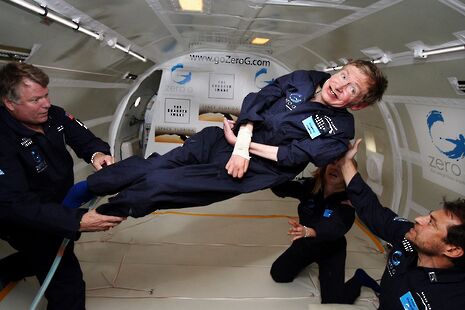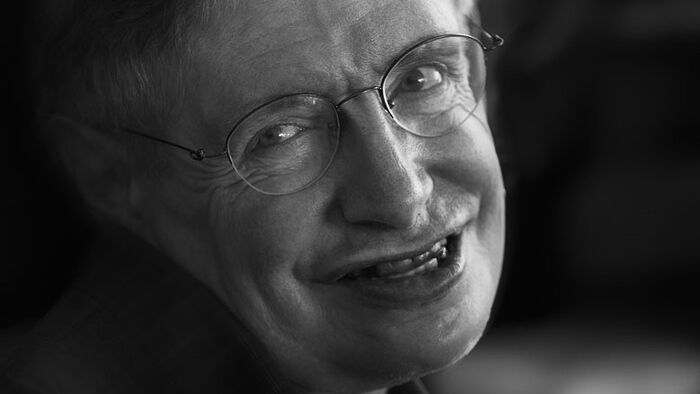Hawking’s final paper challenges traditional multiverse theory
The paper, finished shortly before Stephen Hawking’s death, argues that the universe is simpler than we thought

Professor Stephen Hawking’s final theory on the origin of the universe was published yesterday. The paper, entitled “A Smooth Exit from Eternal Inflation”, suggests that the universe may be far more finite and simple than previously believed.
Published in the Journal of High Energy Physics, this paper was completed only weeks before Hawking’s death in March. It was produced in collaboration with Belgian physicist Thomas Hertog, of the Catholic University of Leuven, who is now planning further study on the implications of the new theory.
The multiverse theory, a common understanding of the widely accepted Big Bang theory, suggests that our universe is just one in a multiverse of infinite possible universes, in which radically different laws of physics may apply. It is widely believed that our local universe came into existence with a brief burst of inflation, and that once inflation begins, there are regions in which it never ends.
Hawking’s final paper argues against this theory of eternal inflation, suggesting that parallel universes must share similar laws of physics to our own.
If Hawking and Hertog’s findings are confirmed by further research, they may refute the ideas of the orthodox multiverse theory. Prior to his death, Hawking explained, “we are not down to a single, unique universe, but our findings imply a significant reduction of the multiverse, to a much smaller range of possible universes.”
In an interview last Autumn, Hawking said that “the usual theory of eternal inflation predicts that globally our universe is like an infinite fractal”, noting that he and Hertog instead predict that “our universe, on the largest scales, is reasonably smooth and globally finite. So it is not a fractal structure.”
A smooth universe is one in which the average density of matter is approximately the same in all locations, implying that space is an infinitely divisible continuum – as opposed to a grainy universe – where everything can be divided into irreducible units.
The new theory was first announced at the University of Cambridge last July, during an event to celebrate Hawking’s 75th birthday, and a preprint version has been available online since last year. Malcolm Perry, a professor of theoretical physics and one of Hawking’s colleagues, noted, “Stephen himself said that this work was the area he was most proud of.”
Last October, Hawking’s PhD thesis, entitled “Properties of Expanding Universes” was published on the University’s website, which then crashed after more than 30,000 people tried to access the work.
News of Hawking’s death in March prompted tributes across the University. The master of Gonville & Caius college, where Hawking was a fellow for more than 50 years, released a video tribute to the “science superstar”, and Hawking’s funeral saw hundreds gather to honour him in the streets outside Great St Mary’s church.
 Comment / Plastic pubs: the problem with Cambridge alehouses 5 January 2026
Comment / Plastic pubs: the problem with Cambridge alehouses 5 January 2026 News / New movement ‘Cambridge is Chopped’ launched to fight against hate crime7 January 2026
News / New movement ‘Cambridge is Chopped’ launched to fight against hate crime7 January 2026 News / Uni-linked firms rank among Cambridgeshire’s largest7 January 2026
News / Uni-linked firms rank among Cambridgeshire’s largest7 January 2026 News / SU stops offering student discounts8 January 2026
News / SU stops offering student discounts8 January 2026 News / Cambridge businesses concerned infrastructure delays will hurt growth5 January 2026
News / Cambridge businesses concerned infrastructure delays will hurt growth5 January 2026









